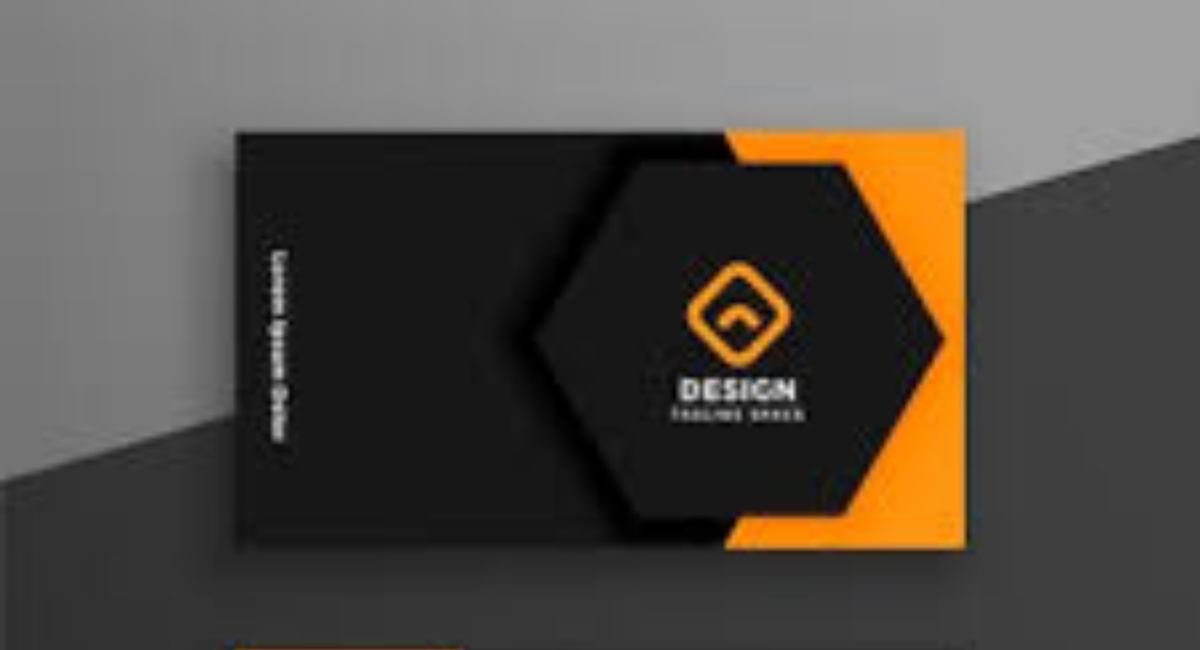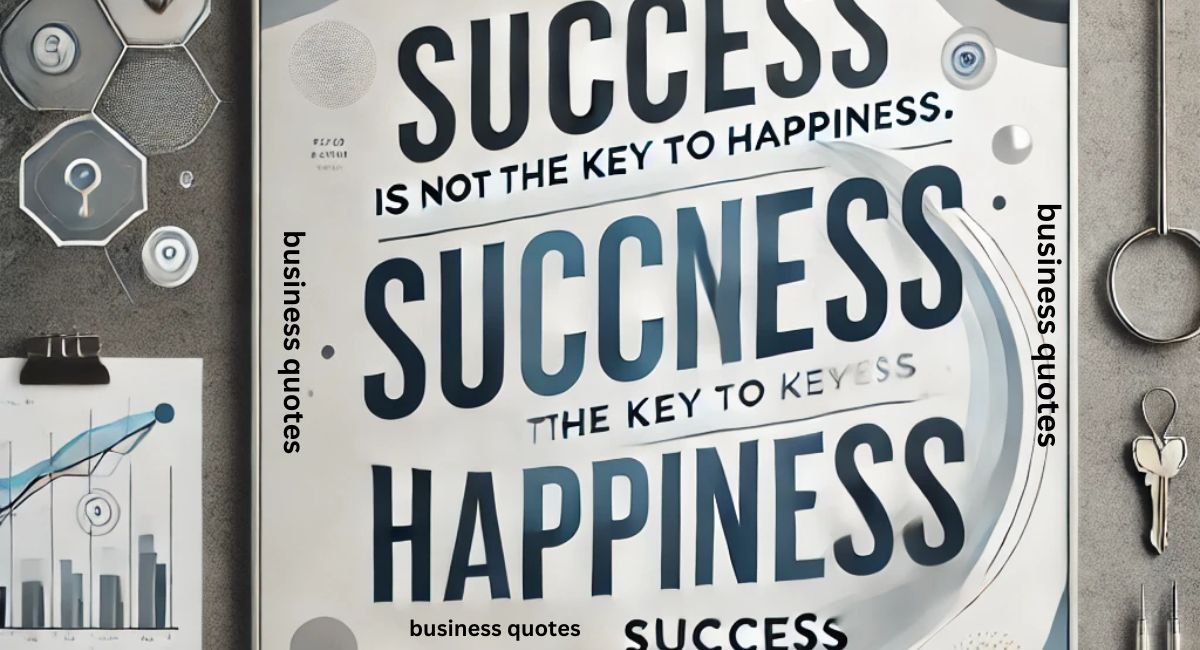In an era where digital networking reigns supreme, some might assume that traditional business cards have become obsolete. After all, why carry around printed cards when you can connect on LinkedIn or exchange contact information via smartphone? Despite the advancements in technology, business cards remain a powerful tool for professionals across industries. They are tangible representations of your brand, offering a personal touch that digital alternatives simply can’t replicate.
Let’s explore the key reasons why business cards still matter in today’s digital age and how to design them effectively for maximum impact.
Why Business Cards Are Still Relevant
While it’s true that digital tools make networking more accessible than ever, the physical exchange of business cards holds a unique, enduring value. Here’s why:
- First Impressions Matter: Handing over a business card during a meeting or networking event creates an immediate connection. It’s a physical gesture that leaves a lasting impression, far more personal than clicking a button online.
- Tangible Branding: A business card is a miniature representation of your brand. The design, texture, and weight of the card speak volumes about your professionalism and attention to detail.
- Accessibility: Not everyone carries their phone at all times, but business cards can be shared instantly without worrying about battery life or internet connectivity.
- Memorability: Unique business cards are often kept and remembered. If the design is striking or creative, people are more likely to hold onto them and revisit the information later.
- Global Use: In many countries and cultures, especially in Asia, exchanging business cards is a vital part of professional etiquette. In Japan, for instance, the act of presenting a business card, or “meishi,” is a ceremonial exchange that symbolizes respect and professionalism.
What Makes a Great Business Card Design?
While the basic purpose of a business card is to provide your contact details, the design plays an equally important role in leaving a lasting impression. A well-designed card isn’t just informative—it’s a statement about who you are and what your business represents.
Here are key elements that make a business card stand out:
- Simplicity: A cluttered card can overwhelm the recipient. Focus on the essential details—name, job title, company, and contact information—leaving enough white space for an elegant, easy-to-read design.
- Legibility: Use fonts that are clear and professional. While creativity is encouraged, avoid fonts that are too ornate or difficult to read.
- Color Scheme: Colors should align with your brand’s identity. Use complementary colors that attract attention without overwhelming the senses.
- Logo: Incorporate your company logo prominently, but don’t let it overshadow the information. A well-placed logo contributes to brand recognition.
- High-Quality Material: Opt for premium cardstock and finishes to make your business card feel substantial. Cards with a unique texture or finish—like matte, glossy, or embossed—are more likely to be kept and admired.
- Size and Shape: While the standard business card size is widely accepted, creative industries might benefit from experimenting with shapes or sizes that reflect their unique offerings.
Types of Business Cards to Consider
While the classic rectangular business card remains a popular choice, there are various styles available today that cater to different industries and purposes. Whether you’re a graphic designer, a financial advisor, or a small business owner, here are a few types of business cards to consider:
- Classic Business Cards: These are the traditional 3.5-inch by 2-inch rectangular cards, perfect for professionals in fields like law, finance, and consulting. They offer enough space for all the essential information and are easy to carry and store.
- Folded Business Cards: Folded cards give you twice the surface area of a standard card, making them ideal for professionals who want to include additional details like a portfolio, services, or a QR code linking to their online presence.
- Square Business Cards: Square cards are a unique alternative to the traditional rectangular shape. While smaller in size, they offer a modern and creative look, ideal for professionals in artistic fields.
- Mini Business Cards: These slim, minimalist cards usually measure 3 inches by 1 inch. They are compact and modern, often used by tech-savvy professionals or industries that value simplicity and style.
The Evolution of Business Cards: From Paper to Digital Integration
The business card has evolved significantly since its inception, but rather than being replaced, it has adapted to the times. Today’s business cards often incorporate digital elements, enhancing the traditional design with modern technology. Here’s how digital trends are reshaping business cards:
- QR Codes: Adding a QR code to your card enables recipients to access your website, portfolio, or LinkedIn profile with a quick scan. It’s a bridge between the physical and digital worlds, offering added value without taking up extra space.
- NFC Technology: Some modern business cards now include NFC (Near Field Communication) chips. When tapped against a smartphone, these cards automatically pull up your contact information or website. While more expensive to produce, NFC-enabled business cards offer a futuristic approach to networking.
- Augmented Reality: In some industries, augmented reality (AR) is becoming a popular way to bring business cards to life. By scanning the card with a smartphone app, a video or 3D model can pop up, showcasing your portfolio or brand in a dynamic way.
Business Cards and Sustainability: The Green Approach
As more businesses become conscious of their environmental impact, the demand for eco-friendly business cards has risen. Sustainable cards are made from recycled or biodegradable materials, offering a way for professionals to reduce their carbon footprint while still making a strong impression.
- Recycled Paper: One of the simplest ways to make your business card eco-friendly is by using recycled paper. Many printers offer high-quality, durable recycled stock that doesn’t compromise on aesthetics.
- Seed Paper: Some businesses go the extra mile by using seed paper—paper that, when planted, grows into flowers or herbs. This gives the recipient something to remember you by long after they’ve received your card.
- Soy-Based Inks: Another eco-friendly option is to use soy-based inks, which are less harmful to the environment than traditional petroleum-based inks.
When and Where to Use Business Cards Effectively
Knowing when and where to use your business cards is just as important as having them. Here are some common scenarios where having a stack of cards on hand can boost your networking efforts:
- Networking Events and Conferences: Business cards are essential at large events, where you’ll meet many people in a short time. Exchanging cards creates a tangible reminder of your conversation, helping people remember you after the event is over.
- Client Meetings: Whether you’re meeting with potential clients or maintaining relationships with existing ones, leaving a business card behind is a professional touch that ensures they can contact you easily.
- Local Businesses and Cafes: Many local businesses and coffee shops have bulletin boards where you can leave your business card. This strategy works especially well for small businesses, freelancers, or local service providers.
- Trade Shows: Trade shows are one of the most effective places to exchange business cards, as they often involve quick interactions with a large number of potential leads.
Designing Business Cards That Stand Out
The rise of digital networking has raised the bar for business cards—a simple white card with basic information is no longer enough. To ensure your card stands out, focus on creativity while maintaining professionalism.
- Texture and Finish: Consider using a textured cardstock or a unique finish such as embossing, foil stamping, or spot UV coating. These elements make your card more tactile and memorable.
- Vertical vs. Horizontal Layout: While most business cards are designed horizontally, a vertical layout can help differentiate your card from the stack. This unconventional approach can be particularly effective for creative industries.
- Custom Illustrations: For those in artistic fields, custom illustrations or hand-drawn designs can personalize the card and highlight your creativity.
How to Organize Your Business Card Information
One of the biggest challenges in designing a business card is organizing all the necessary information without overcrowding the layout. Here’s how to structure your card for maximum impact:
- Top Area: Place your logo and company name at the top for easy recognition.
- Center Space: Your name and job title should be centered and easy to read.
- Bottom Section: Use the lower part of the card for contact details, including phone number, email, and website. Social media handles can also be included if relevant to your business.
- Back of the Card: If you’re opting for a double-sided card, use the back for additional details such as a tagline, a QR code, or a list of services. Keep it simple and avoid overcrowding.
FAQs
What should I include on a business card?
A business card should include your name, job title, company, phone number, email address, and website. Optional elements include social media handles and a QR code.
Are business cards still relevant?
Yes, business cards remain relevant for face-to-face networking and are a professional way to exchange contact information.
What is the standard size for a business card?
The standard size for business cards in the U.S. is 3.5 inches by 2 inches. Other regions may have slightly different standard sizes.
How can I make my business card stand out?
Consider using premium materials, unique shapes, or creative designs like custom illustrations, vertical layouts, or textured finishes.
Should I include my photo on a business card?
Including a photo can be beneficial in industries where personal branding is important, such as real estate or sales. However, it’s not essential for most professions.
Are eco-friendly business cards available?
Yes, many companies offer eco-friendly business cards made from recycled materials or biodegradable stock. These cards are a great option for environmentally conscious professionals.
Conclusion
Even in our increasingly digital world, business cards hold a special place in professional networking. They provide a tangible, memorable, and personal way to connect with others. Whether you’re a creative looking to make a bold statement or a professional maintaining a polished image, a well-designed business card can set you apart from the competition. By carefully considering design elements, materials, and the evolving use of technology, you can ensure that your business card remains a powerful tool in your professional toolkit.




